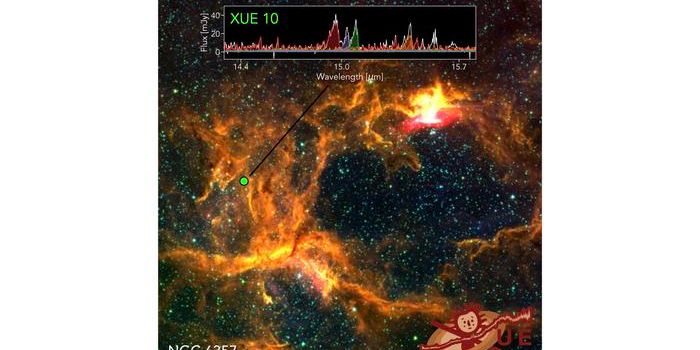The Science Behind the Black Hole-Spying Event Horizon Telescope
Unless you’ve been living under a rock, you’ve probably heard the recent news regarding the publication of the first real image of a black hole. Unlike most images you’ve seen, which are artists’ impressions, this one was physically captured using a global array of radio telescopes that are collectively known as the Event Horizon Telescope (EHT).
As you might come to expect, capturing an image of a black hole is no easy task. Black holes don’t emit visible light, which means that individual space telescopes, such as Hubble, can’t observe them directly without things such as dust and space rocks getting in the way. The EHT circumvented this challenge, and its ginormous aperture provided a more precise image than a space telescope would’ve been capable of.
Another advantage of the EHT is its impressive resolution, which is so good that spying on M87* from the Earth nearly translates to spying on a grapefruit residing on the surface of the Moon from the Earth’s surface. This is particularly captivating given just how far away M87* is from Earth, and it helps paint a colorful picture of the black hole for astronomers to study.
Astronomers hope that the EHT will soon be used to study the supermassive black hole at the center of our solar system, and while it isn’t as active as M87*, it is much closer, which should provide a clearer picture.
It ought to be interesting to see the results when astronomers finally move forward with this goal…








